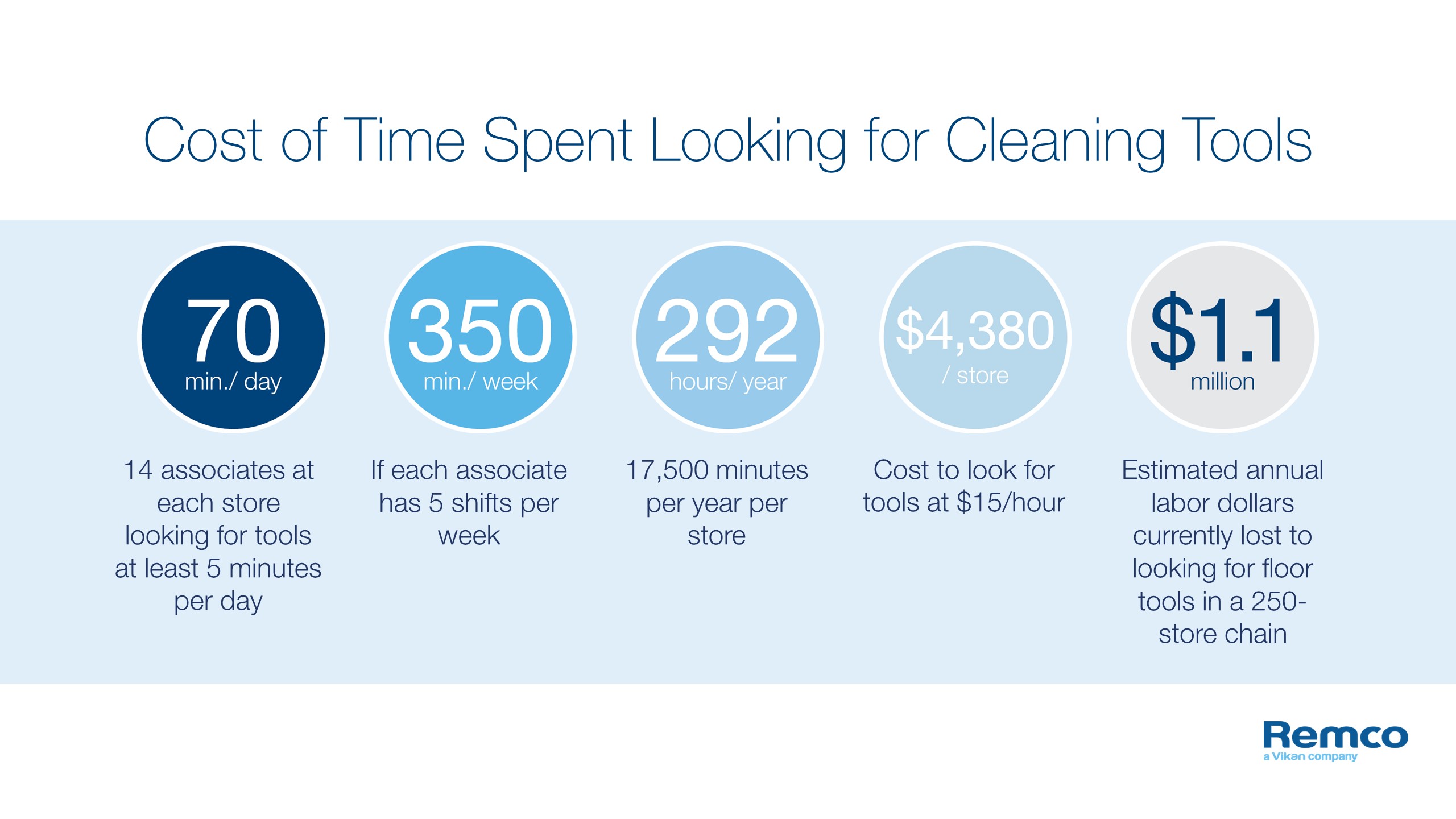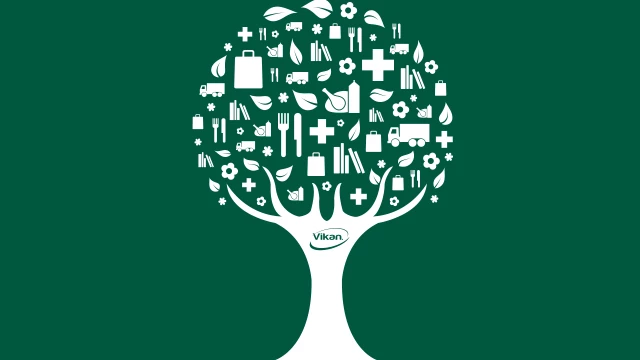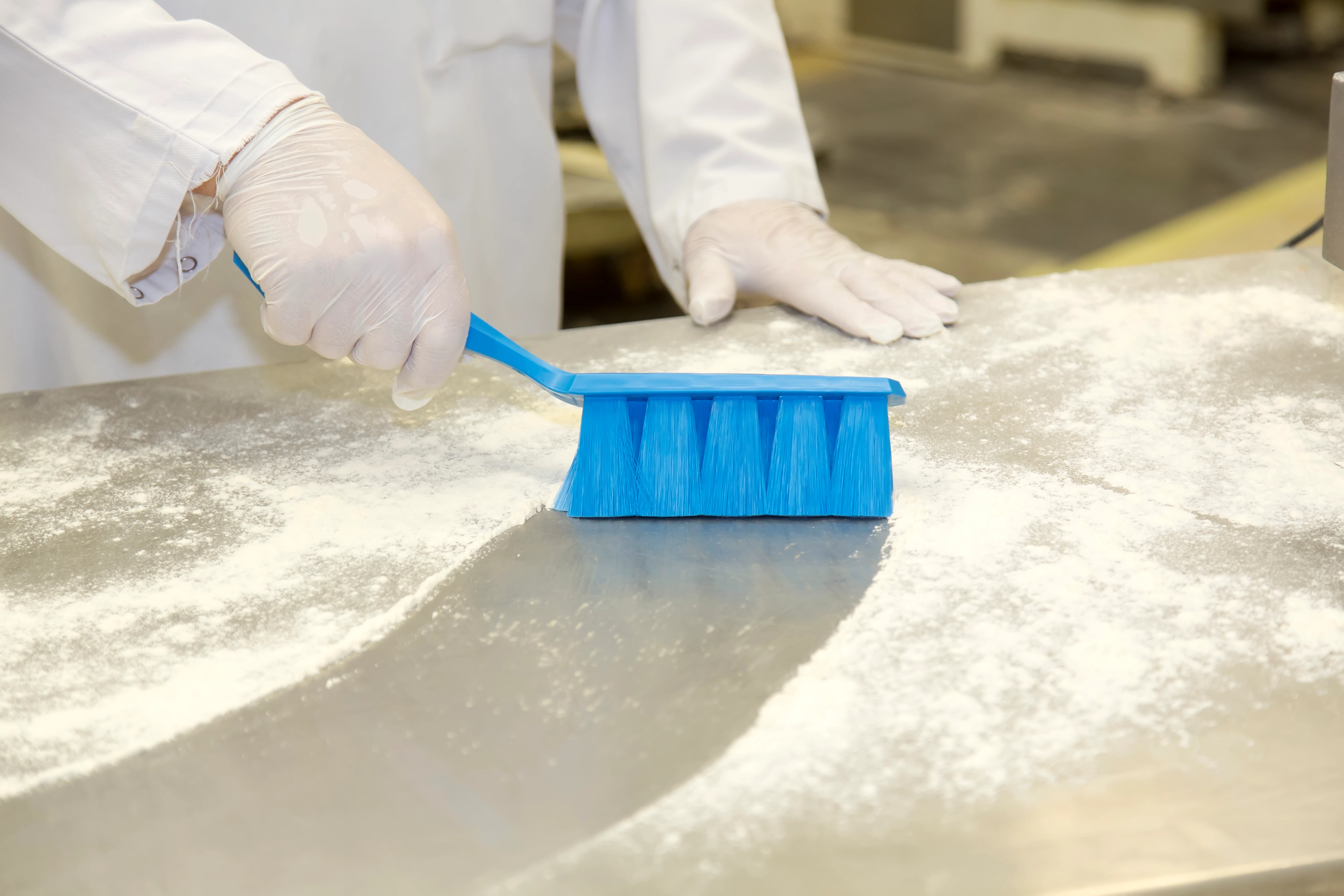During our “Food Safety @ the Last Mile: Food Safety and Sanitation Challenges and Solutions for Food Retail†webinar, three industry experts shared insights into the unique food hygiene and sanitation issues faced by retailers.
Amit M. Kheradia and Tara Dryer from Remco, along with Alec Kyriakides, a food safety consultant and former technical operations head at Sainsbury Supermarket in the UK, were asked many insightful questions during the session. Here are six of the most interesting ones we could not answer on the spot—some have been edited for clarity and brevity.
1. What do you see as future trends in food retail regarding how people buy food, and what are the implications for food safety?
One major trend is the growing convenience of buying food anytime, anywhere, often online. This has led to an explosion of direct-to-consumer food sales through platforms like Facebook Marketplace, where almost anyone can sell food products. While this offers great opportunities for entrepreneurs and consumers, it also presents challenges for food safety enforcement agencies, which are already struggling to keep up with traditional retail.
The rise of e-commerce delivery models requires new approaches to ensure food safety. The FDA’s New Era of Smarter Food Safety initiative in the U.S. is addressing these challenges through digital tools and traceability systems. However, similar efforts are less developed in Europe. It's clear that the future of food safety must adapt to these evolving business models.
2. With services like Grubhub and Uber Eats, we can't control the temperature of food once it leaves the store. Do these services compromise food safety, and what can we do about it?
Temperature control is critical for TCS (Time/Temperature Controlled for Safety) foods such as ready-to-eat meals or raw meats. If they fall into the danger zone (between 41°F and 135°F), they may become unsafe. Delivery services pose a higher risk, but this challenge isn’t new.
To mitigate this, it’s important to work with delivery partners who have strong temperature monitoring systems, clear action plans for delays, and documented sanitation practices. As a retailer, you should also verify that their vehicles and containers are clean and secure to prevent contamination or tampering.
3. We run a storefront deli. What equipment and maintenance do you recommend?
Deli areas are high-risk due to the potential for cross-contamination, especially from pathogens like Listeria. One common issue is improper cleaning of slicing equipment.
Here are some key recommendations:
- Use hygienically designed equipment for easier cleaning.
- Develop validated sanitation methods and monitor their effectiveness regularly.
- Clean and sanitize slicers before each use and every four hours.
- Maintain smooth, undamaged surfaces to avoid bacterial growth.
For more guidance, check out resources like the USDA’s Listeria Control Guide for Delis and FMI’s Cleaning and Sanitation Standards.
4. Where should we focus on using high-quality cleaning tools, and why are they important?
High-quality cleaning tools are essential across all areas of a grocery store, even non-food zones. Poor tools can lead to contamination, health risks, and increased costs over time.
For example, using a single cloth to wipe multiple shelves can spread bacteria. Instead, consider microfiber cloths for dusting or damp mopping for floors. Avoid scouring pads on food contact surfaces unless absolutely necessary.
Proper tool management—like replacing worn-out brushes and separating tools by zone—helps prevent cross-contamination and ensures a safer environment for both staff and customers.
5. How can we manage color coding with high employee turnover?
Color coding is a powerful tool for reducing cross-contamination, and it becomes easier with consistent training. Keep the system simple, use full-color tools, and reinforce the message regularly.
When employees understand that red tools are for the deli and green for the bakery, it helps prevent mixing. Training is key to building a culture of food safety and reducing confusion, especially with frequent staff changes.
6. How much time and money can a tool management program save?
According to one large retail chain, implementing a color-coded tool system saved up to $1.1 million annually. This includes reduced downtime from searching for tools and better efficiency in daily operations.
Tool management programs offer long-term benefits beyond cost savings, including improved hygiene, fewer incidents, and better compliance. For help setting up your own program, reach out to Tara Dryer at Remco.
Disclaimer: The information provided here is based on expert opinions and not endorsements of specific products or services. Always conduct your own risk assessments and develop your own food safety controls.
Contact us for more support:
- Alec Kyriakides – Independent Food Safety Consultant (UK): alec@example.com
- Amit M. Kheradia – Remco: amit@example.com
- Tara Dryer – Remco: tara@example.com

The calculations for lost time savings were based on a large retail chain with around 250 stores. By using color-coded tools and proper storage, you can estimate potential savings for your location. For assistance, contact Tara Dryer at Remco.
Implementing a comprehensive tool management system not only saves time and money but also improves hygiene and compliance. It’s an investment that pays off in the long run.
Recent blog posts

Building a sustainable business
Becoming more green in an industry that requires virgin, non-recycled plastic is not a simple task. However, that does not mean that Vikan isn’t rising to the challenge.

Selected Questions from our High-Risk Food Production Webinar Answered by Hygiene Experts
During our “Hygiene in High-Risk Food Production: Keep it Clean and Chill†webinar, Deb Smith from Vikan and David Buckley from Diversey discussed the key food hygiene and sanitation challenges and...
The Use of Sponges and Scourers for Cleaning
A question we get asked a lot about is the use of sponges and scourers for cleaning, and like most things in the food industry, the answer should be based on risk assessment.
Vegetable Tools
Vegetable Tools,Vegetable Peeler,Tomato Onion Slicer,Salad Chopping Knife
Xiongyang Household Co., Ltd , https://www.yjkitchen-manage.com